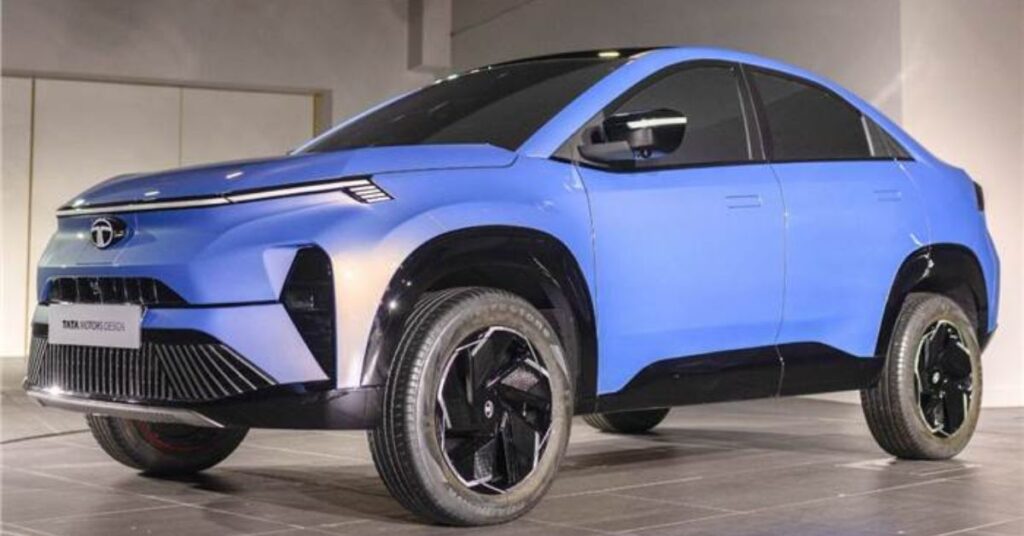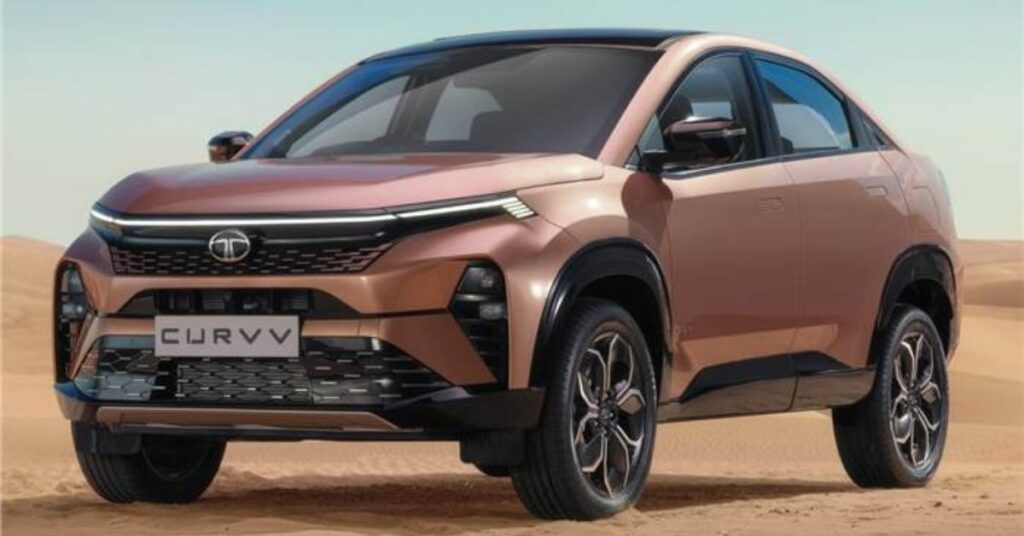India is getting ready to take a big step in ensuring passenger safety with the upcoming launch of the Bharat New Car Assessment Programme (Bharat NCAP). Starting from October 2023, this initiative will allow cars sold in India to undergo crash testing within the country itself, which will help in giving safety ratings. Even though car manufacturers can choose whether to participate or not, this move shows that India is serious about making its roads safer, beyond just meeting the basic safety rules.
Following Global Standards
For more than ten years, the ‘Safer Cars for India’ program by Global NCAP has been giving safety ratings to new cars in India. Because of this, people have started preferring cars with better safety ratings. The Bharat NCAP is building on these Global NCAP rules and ways of testing to decide safety ratings.
Tests Used Everywhere
Both Bharat NCAP and Global NCAP use the same tests to check how safe a car is:
- Frontal Impact Test: They check how safe your head, neck, chest, pelvis, and knees are in a front collision at 64 km/h.
- Side Pole Impact Test: This test checks the side safety of the car at 29 km/h and needs six airbags to pass.
- Side Barrier Test: The car’s safety during a side crash at 50 km/h is checked here.
- Electronic Stability Control (ESC): This is about how well the car can keep stable and prevent skidding.
- Pedestrian Safety: Cars need to have designs that are kind to pedestrians if there’s an accident, like having a bumper that reduces injury.
- Car Structure and Safety Tech: Both NCAPs look at how strong the car is and if it has good safety technology.
What Cars Need for High Ratings
For a 3-star or better safety rating, cars need to have:
- Six Airbags: These are air-filled bags that pop out to protect you in a crash.
- Electronic Stability Control: This helps the car stay in control and not skid.
- Front-Row Seat Belt Reminders: These remind the driver and the front passenger to wear their seat belts.
Changes Made in India
Even though Bharat NCAP follows the global rules, it has made some changes to fit India better. It gives more importance to certain things, and some parts of the test are adjusted. Also, the Global NCAP made it necessary for cars to have seat belt reminders for the back seats, but this is not yet needed in Bharat NCAP.
Made for India’s Roads
The Bharat NCAP knows that India has different kinds of roads and different ways of driving. So, it has set up safety tests that make more sense for India.
Seeing the Ratings
Cars tested under Bharat NCAP will have stickers on them that show how safe they are for adults and children. This is to make people aware of the safety level of the car before they buy it.
Plans for the Future
The Bharat NCAP will keep getting better. It plans to add more tests, like ones that check how well the car protects you in a rear crash. It will also check some advanced safety features that help the driver, like warning you if you’re leaving your lane or helping you brake quickly.
Pushing Makers for Safety
When Bharat NCAP’s safety ratings start, car makers will have to think more about safety. This will help make sure that the cars they sell are safer. This step is expected to reduce the number of deaths in road accidents, showing how important Bharat NCAP is for making India’s roads safer. The program will begin in October 2023, and many car makers are already getting ready for the tests and ratings.
Read More:




